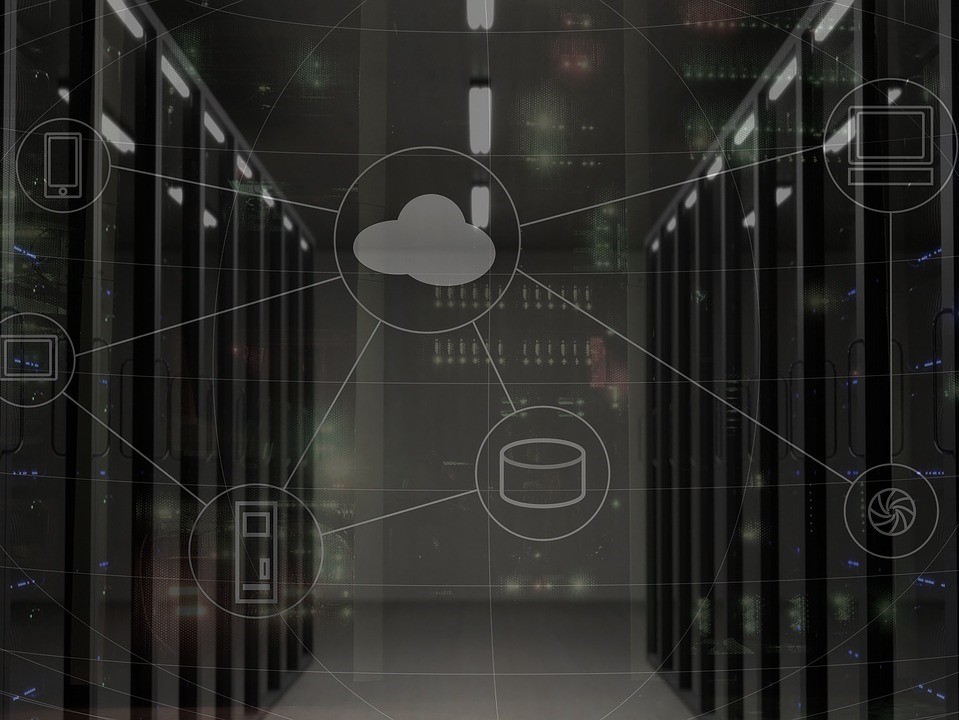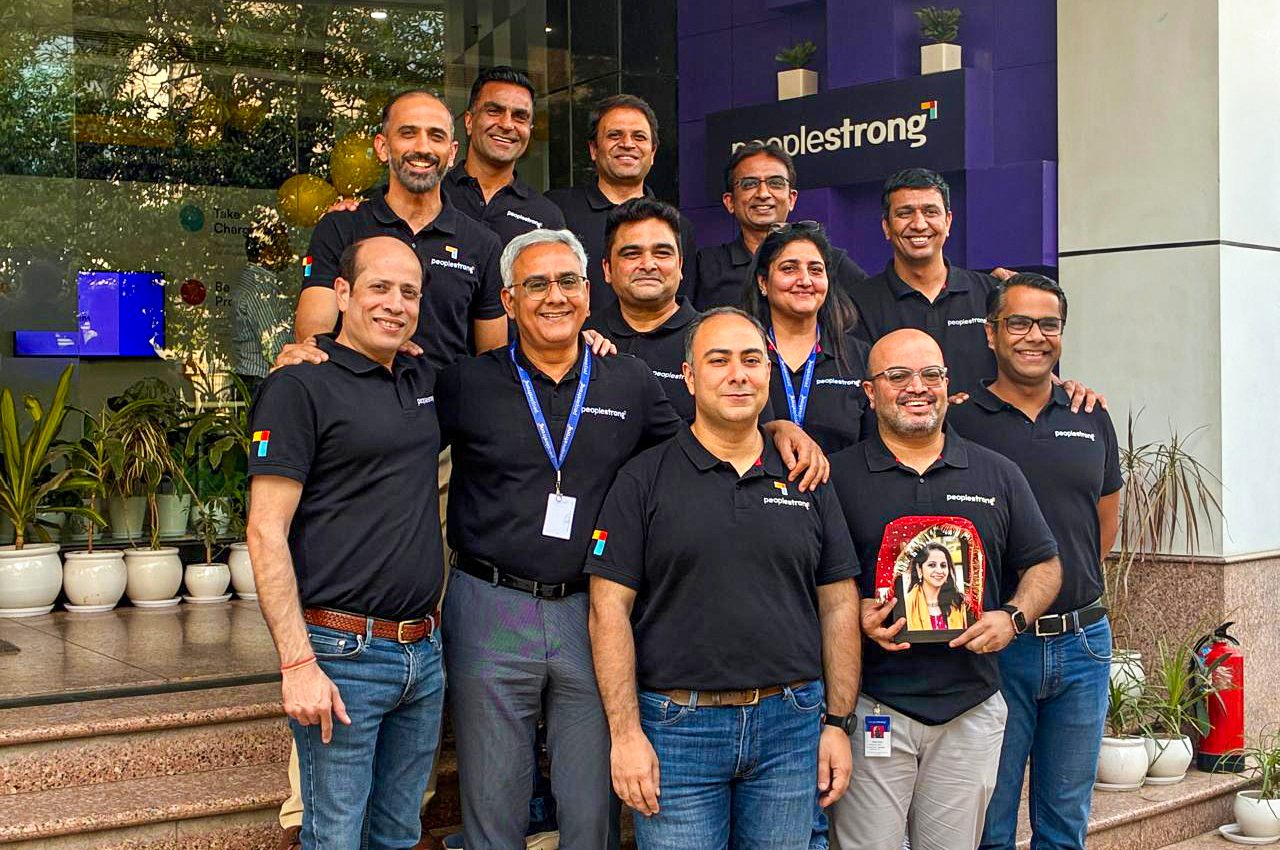One of the most riveting changes that we have seen in the world of work is perhaps work itself. Did you imagine five-six years ago that people might like to leave the comfort of their cubicles and chairs and prefer to work from a cafe right down the street? And that your managers would be comfortable passing the ownership of a deliverable their jobs depend on, to a person working out of a never-heard-of city from a far-off country? I am sure we didn’t.
Imagine the pace with which our world has changed. While a lot many people might still look at it as the future of work, the reality is it’s already here. And as business leaders, we need to step on to the new code of work, before we miss the bus.
So, what exactly is the new code of work? And what does being ready for it mean? The new code of work is the way enterprises of tomorrow would be expected to operate. It involves changes in terms of the processes, structures and tools that we deploy as we create the work ‘spaces’ of the future. And while it is too big a change to be covered in a few hundred words, here are the three areas on which enterprises can start the work irrespective of the industry, size or maturity.
The data diet
If you think of it, till now we have mostly treated data like we treat God. Somewhere, we are scared of it, we don’t understand it, and we remember it only when we are in trouble.
Well, that needs to change now. We are moving towards a world where everything — right from the way we speak, how long we speak, and to whom — will be data.
The managers of tomorrow will be used to taking quicker and first-time-right decisions based on data, and if we are unable to provide an ecosystem to them which ensures this, we might not be able to enable their performance. This might mean relooking at our tech architecture for work and workforce too. Today tech, especially for workforce and practice, is looked at like a separate ‘good to have’ line item and which in most cases is not part of business or people strategy.
According to a recent study, less than 50% of enterprises have an HR/work tech strategy in place. This results in various disconnected systems, which the employees have to deal with instead of ‘connected’ microservices-based systems that can provide the best of experiences to the people.
This disjointed experience is one of the key reasons why data is not available. Which, in my mind, is the first thing to attack if data is to be consumed — daily and intuitively.
Collaboration, the new keyword
When was the last time you were able to read through all your emails and were able to act on them, on time? If you are part of sales, or the shop floor workforce, that was probably a month or a couple of weeks ago at best.
Reversing the scenario, on an average, how many times are you able to collaborate on a project entirely on an email? Probably never? In such a situation, when emails are a passe and the workforce more distributed than ever, organisations need to create avenues for their teams to connect and create value.
The need is to have a platform, which is simpler to adopt, and can act as the single point to collaborate for everything related to work — right from connecting to celebrating. And we should start right now because, according to a report by Gartner, 70% of teams will stop using emails in the next three years. Is your workforce tech-ready for this?
User is the king
While this might be the most overused phrase, I think we need to incorporate this into our way of working at organisations. Even today, a lot of policies, processes and tools do not make sense and are archaic. Stepping into the new code of work — if we can’t change our thought process to user-first, we might end up irrelevant. It’s time now to leave the old way behind and evaluate everything we do today and think whether it is necessary to do it the way it is done. After all, what has brought us here, won’t take us there.
We are at an exciting stage in the world of work, almost as monumental as may be the industrial revolution or automation was at one point in time. And obviously, like all changes, it is going to be uncomfortable and uncertain. And only those who can deal with this phase will rise to be the Phoenix(es) in the new world.
This article was published on The Times Of India.












